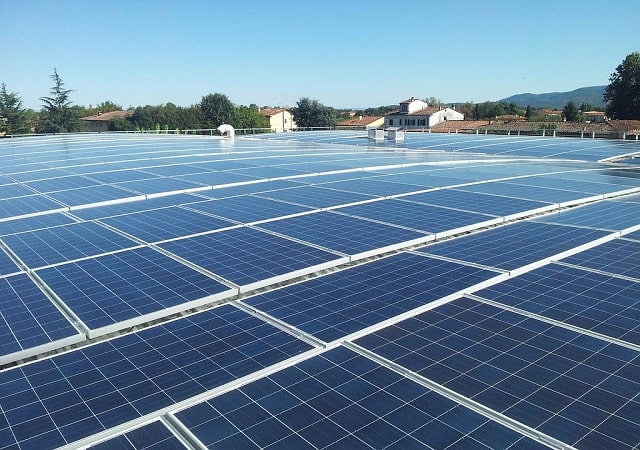As we all know, a solar power system is made of many components in addition to solar panels. Together, these components combine to form the solar systems we see installed on our house rooftops.
You will find multiple components attached to the entire system, offering some unique advantages to improve the efficiency of the solar power system.
Despite the proven benefits of solar power, there are still a few misconceptions related to their working, which arise from not having a better understanding of how the solar systems work and what are the roles played by every component attached to the system.
This article will discuss the roles of every component of a solar power system to add up to its working efficiency.
Solar power systems are created depending on different regions and their specific needs. But on average, there are the five most important of all the components present in every solar power system.
Let’s check them out
Solar Panels
Solar panels, or photovoltaic panels, are the most visible component of any solar power system. In fact, solar panels are the first thing you will probably remember if you hear solar power plant. Solar panels are the large screen-like structures you can see mounted on an open space or rooftops of a house.
Solar panels are responsible for capturing the sunlight and converting it into electricity. Solar panels generate DC electricity as sunlight by stimulating electrons to move through solar cells that are in-built into the solar panels.
Solar panels, also known as photovoltaic panels, are used to convert light from the sun, which is composed of particles of energy called photons, into electricity that can be used for electrically powered appliances.
Solar panels comprise several individual solar cells composed of layers of silicon, phosphorous, and boron. Solar panels absorb the photons and, in doing so, initiate an electric current.
Mounting Structure
Solar panels are mounted on roofs often called solar rooftop system, poles, or the ground. The stands or racks that hold these panels together to withstand wind are called the mounting structures. Usually, these are made of iron and are tough and durable enough to carry the load.
Power Backup
Backup power is required if and when the sun does not shine and the storage batteries are empty. Most systems include some backup power. In a standalone installation, this would generally be a diesel generator. The utility grid itself provides the backup power through the inverter in a grid-tied system. However, most solar power systems are not attached to grids in India. Hence, you need a power backup to provide energy in times when there is no energy available in the system.
Solar Power System Inverter
Most of the appliances and devices operated in homes on a regular basis use alternating current (AC). When solar panels convert sunlight into electricity, they do it in the form of direct current or DC. Inverter, an electronic device, converts this direct current (DC) from the solar panel to alternating current (AC) that is further used for electrical power appliances. Inverters are a crucial part of any solar energy system. Their purpose is to convert the solar panels’ DC electricity into AC electricity, using electronic switching techniques.
Usually, inverters come with a warranty of around 10 years, as they are more prone to undergo damage.
In simple terms, an inverter allows you to run electric drills, computers, vacuum cleaners, main lighting, and most other mains electrical appliances that can be plugged into the wall sockets of your solar panels.
Storage Batteries
When the sunlight is available during the daytime, solar-powered systems produce and run on electricity generated from the solar panels. In the night, when there is no sunlight, or on very cloudy days, this energy captured during daytime needs to be stored. This storage is done in a battery.
Energy storage plays an important role, especially for an off-grid or standalone solar system. Energy is stored in the battery during the daytime when the solar panel generates electricity and supplies power at night or during cloudy weather.
Batteries used for solar systems undergo frequent charging and discharging; hence rechargeable batteries are used.
Solar batteries help us reduce the dependency on the utility grid, thus saving the cost required to buy electric power from the grid.
Conclusion
Every solar power system comprises several components, but only 5 of them are used commonly among every solar power system.
Starting with solar panels, storage batteries, inverters, power backup devices, and mounting structures. These components are essential for a solar power system to work efficiently.
We have tried to compile almost every essential component of a solar power system in this article. If you wish to discuss any other components here, let us know in the comment section.





